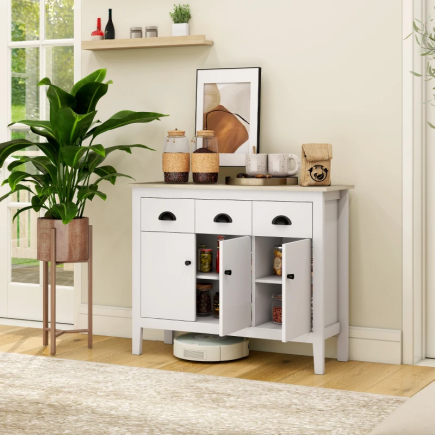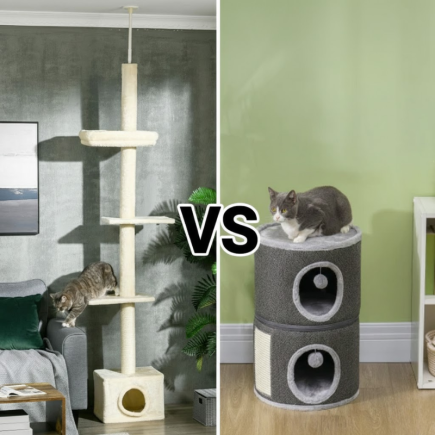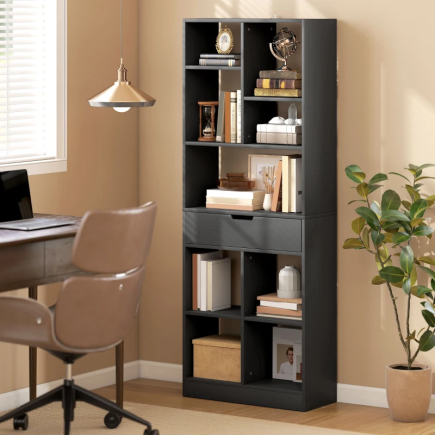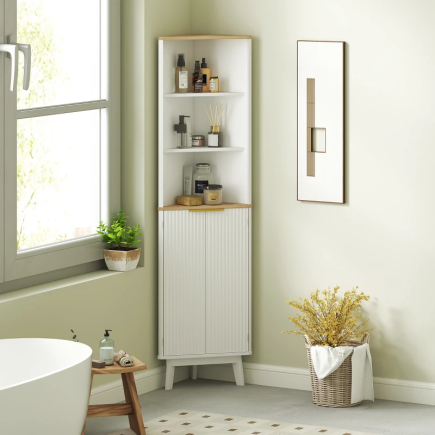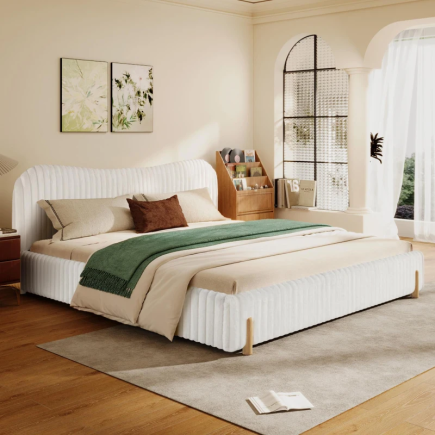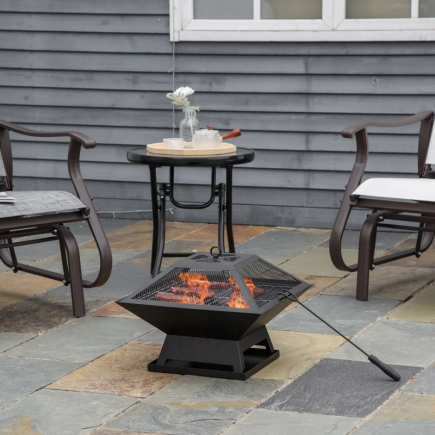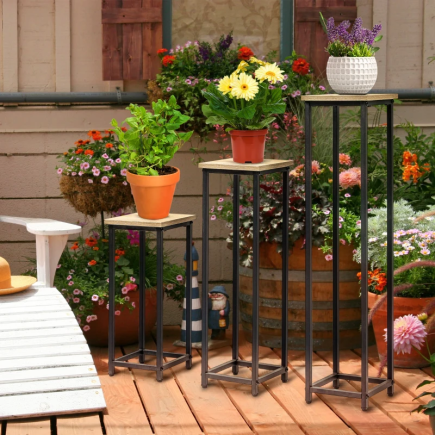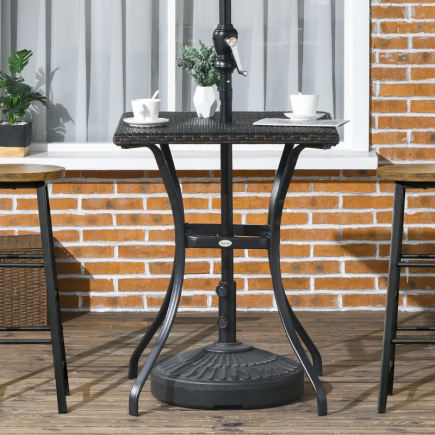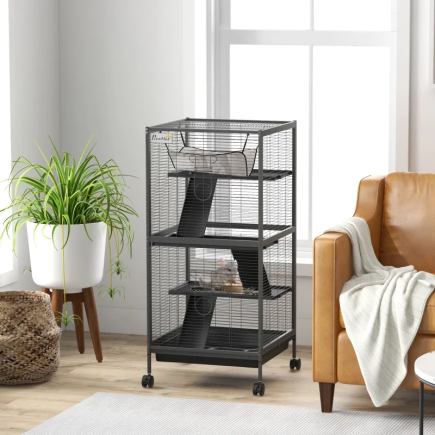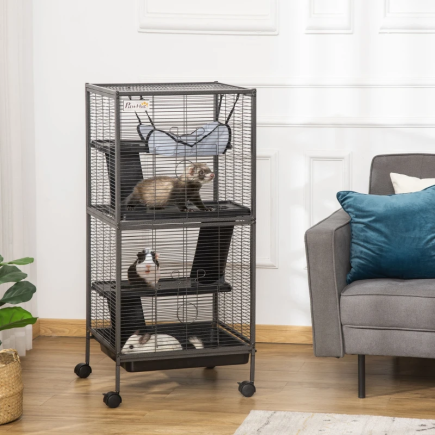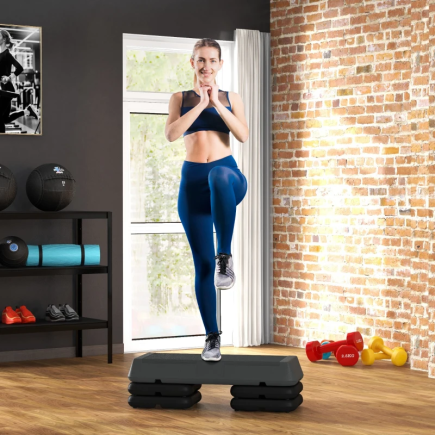A space heater is an essential appliance during colder months. It delivers quick warmth to bedrooms, living rooms, offices, or small apartments. But over time, the heater pulls in dust, lint, and airborne debris through its air intake and output vents. Without cleaning, that buildup can affect its performance, reduce airflow, and even become a safety risk.

If your ceramic tower heater is running louder than usual, not heating as effectively, or emitting a dusty smell, it’s time to clean it. This article walks you through the complete process of how to clean your space heater safely and thoroughly without damaging any components.
What You’ll Need

- Soft, dry microfiber cloth for wiping down the outer shell
- Vacuum with a brush attachment for clearing dust from vents
- Soft-bristle brush or clean paintbrush to loosen fine dust from grills and grooves
- Compressed air to blow out dust in hard-to-reach internal spaces
- Cotton swabs to clean around control buttons and remote edges
Avoid sprays, water, or any liquid cleaning agents.
Before You Begin: Safety First
Cleaning a space heater involves interacting with electronic components and airflow systems. Always follow these safety steps before starting:
- Unplug the heater from the power outlet. Never clean while plugged in.
- Allow the unit to cool completely. The ceramic heating element and internal fan may stay hot for up to 30 minutes after use.
- Place the heater on a clean, flat surface like a table or counter to avoid tipping.
- Work in a well-lit area so you can clearly see what you’re cleaning.
- Avoid using water or any liquid near the controls, vents, or body. Space heaters are electrical appliances, and moisture can cause severe damage or create shock risk.
How to Clean a Space Heater: Step-by-Step
1. Clean the Exterior Housing

Start with the outer casing of the heater, which is usually made from heat-resistant plastic.
- Use a dry microfiber cloth to wipe down the surface gently.
- Focus on removing dust, smudges, or light stains from the top, front, and sides.
- For stubborn dirt, lightly dampen the cloth (never dripping wet) and wipe the spot.
Make sure no moisture gets near any control panels or ventilation openings.
2. Clean the Air Intake and Output Vents
Air intake and exhaust vents are crucial for airflow. If blocked, your heater will overheat or shut down.
- Locate the vent openings, typically on the front and rear panels of tower heaters.
- Use a vacuum with a soft brush attachment to gently remove surface dust.
- Do not press the vacuum directly into the grills, hover lightly to avoid bending plastic slats or pushing debris further in.
- For tightly packed dust or lint, use a dry brush to loosen buildup, then vacuum again.
This step can drastically improve airflow and reduce noise during operation.
3. Remove Internal Dust Without Opening the Heater
Some ceramic heaters have visible fans or heating elements inside the vents. While you should not open the heater casing, you can clean internal areas carefully.
- Use short bursts of compressed air aimed at the vents to dislodge internal dust.
- Hold the fan blades still with a non-metallic tool (such as a plastic stick) to avoid spinning while spraying air.
- After blowing out the dust, vacuum the vent area again to capture anything that comes loose.
Do not use a hairdryer with heat. Only cold air should be used around electronics and heating components.
4. Clean the Control Panel and Buttons

Dust and grime can accumulate around the control buttons and LED display.
- Wipe the panel gently with a dry microfiber cloth.
- Use a cotton swab to clean tight spaces around buttons and the edges of the screen.
- Never press too hard or use sharp tools, as these may damage the interface.
Keep the control area dry at all times. Do not spray anything directly onto the panel.
5. Clean the Remote Control
If your heater includes a remote, it should be cleaned as well.

- Remove the battery before cleaning.
- Wipe the surface with a dry cloth.
- Use cotton swabs to clean between buttons.
- Avoid any moisture entering the battery compartment or button crevices.
Once done, reinstall the battery and store the remote in a dust-free area when not in use.
When to Clean Your Space Heater
You should clean your heater regularly, even if it doesn’t look dirty from the outside.
- Light cleaning: Every 2-4 weeks during use
- Deep cleaning: Once at the start and once at the end of the season
- Immediately: If you notice strange smells, reduced heat output, or visible dust buildup on vents
The frequency may increase in homes with pets, carpeting, or high dust levels.
Things to Avoid While Cleaning
To maintain safety and prevent damage, keep in mind:
- Avoid using water, sprays, or cleaning liquids near the heater.
- Do not use abrasive pads or scouring tools, which can scratch the exterior.
- Ensure the heater is completely dry before plugging it back in.
When Does a Heater Need Immediate Cleaning?
Even if you clean on schedule, these signs mean your heater needs attention right away:
- Dust visibly accumulating inside vents.
- Reduced heat output even at high settings.
- A burnt or musty odour during use.
- The fan makes louder or irregular sounds.
- The unit overheats or shuts down frequently.
These problems are often caused by internal dust buildup that restricts airflow or settles on heating elements.
How to Keep Your Heater Clean Longer
After a proper cleaning, you can reduce how often you need to repeat the process with a few preventative steps:
- Use in clean, ventilated spaces with less airborne dust.
- Keep pets and rugs away from the base to reduce hair and fibre intake.
- Vacuum floors and nearby surfaces regularly.
- Wipe the heater exterior weekly during active use.
- Store in a dust-free box or bag during warmer months when not in use.
Clean surroundings equal cleaner appliances.
A clean Space Heater is a safe and efficient one. Routine maintenance doesn’t take long, but it significantly improves your heater’s performance and lifespan. By following this detailed process, you’ll not only avoid common heating problems but also keep your indoor air cleaner and your energy bills lower.
Always follow your specific heater’s instruction manual for any model-specific care, but with these steps, you can confidently clean most ceramic Tower Heaters and enjoy worry-free warmth all winter long.
FAQs
1. Can I use a vacuum cleaner as the only tool to clean my space heater?
Yes, you can use a vacuum with a brush attachment for surface dust, but it may not remove all fine particles inside the vents. Combining vacuuming with a soft brush or compressed air gives a more thorough clean.
2. Is it safe to run the space heater right after cleaning?
Only if you are certain it’s completely dry and free of dust. Even small amounts of residual moisture or loose debris can damage internal components or create safety risks.
3. Should I clean my space heater before storing it for the season?
Yes, cleaning before storage prevents dust buildup over months of inactivity. This means it will be ready to use immediately next season without burning off old dust.
4. Can a dirty space heater increase my electricity bill?
Yes, dust buildup can reduce airflow, forcing the heater to run longer or at higher settings to achieve the same temperature, which increases energy consumption.
5. Do scented cleaning products improve the smell when I turn the heater on?
No, using scented cleaners is unsafe because their residue can burn off and release harmful fumes. A clean, dust-free heater should not produce odours at all.

